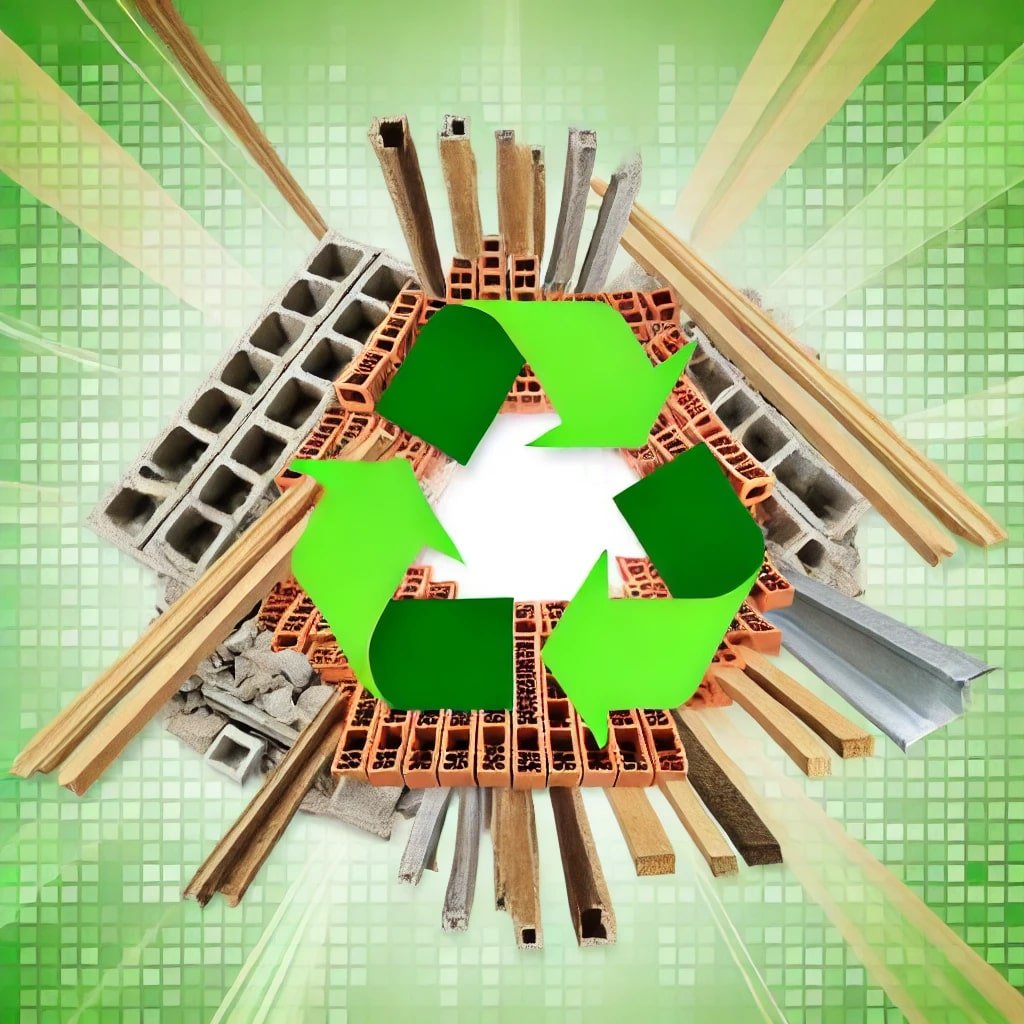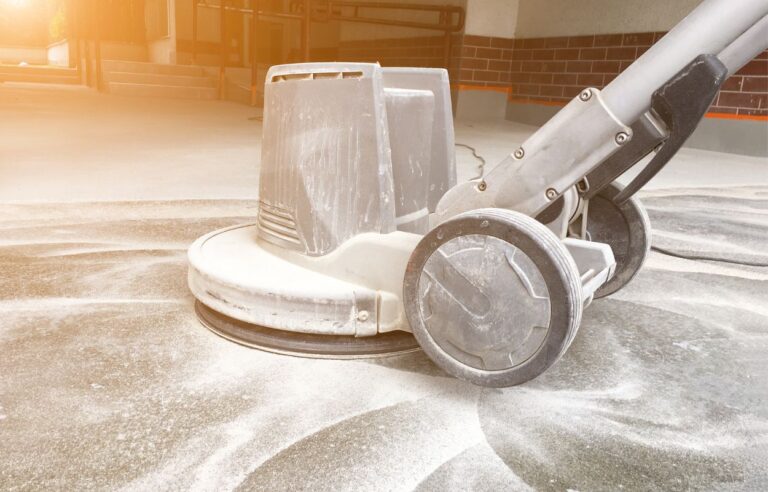As Canada continues to grow and urbanize, the construction industry plays a pivotal role in shaping our cities and communities. However, with construction comes demolition, and with demolition comes waste. In recent years, there has been a significant push towards sustainable practices, particularly in recycling and reusing demolished materials. This shift not only helps in reducing the environmental impact but also provides economic benefits. Here’s a comprehensive look at the current landscape of recycling and reusing demolished materials in Canada.
The Importance of Recycling and Reusing Demolished Materials
Environmental Benefits
The environmental benefits of recycling and reusing demolished materials are substantial. Construction and demolition (C&D) waste accounts for a significant portion of the total waste generated in Canada. By diverting this waste from landfills, we reduce the strain on these facilities and lower greenhouse gas emissions associated with waste decomposition.
Economic Advantages
Recycling and reusing materials can also offer economic advantages. Salvaging valuable materials from demolition sites reduces the need for new raw materials, cutting costs for construction projects. Additionally, the recycling industry creates jobs and stimulates local economies.
Resource Conservation
Reusing materials helps conserve natural resources. For example, recycling concrete reduces the need for gravel mining, and reusing lumber reduces the demand for new timber. This conservation effort is crucial for maintaining ecological balance and ensuring the availability of resources for future generations.
Key Materials for Recycling and Reuse
Concrete
Concrete is one of the most commonly recycled materials in demolition. It can be crushed and reused as aggregate for new concrete, road base, or backfill. Recycling concrete not only reduces landfill use but also decreases the need for mining new aggregate materials.
Metals
Metals such as steel, copper, and aluminum are highly valuable and easily recyclable. These materials can be melted down and reformed into new products, reducing the demand for new metal extraction and the energy consumption associated with it.
Wood
Wood from demolished buildings can be repurposed in various ways. Reclaimed wood is often used in new construction, furniture making, and even as biofuel. The aesthetic appeal and historical value of old timber make it a sought-after material for many projects.
Bricks and Masonry
Bricks and masonry materials can be cleaned and reused in new construction projects. Reclaimed bricks are especially popular for their rustic look and durability. This practice not only saves money but also preserves the character and history of older buildings.
Glass
Glass from windows and doors can be recycled or reused in new construction. Recycled glass can be used to make new glass products or as aggregate in concrete and asphalt.
The Process of Recycling and Reusing Demolished Materials
Assessment and Planning
The process begins with a thorough assessment of the demolition site to identify materials that can be salvaged. This assessment is crucial for creating a detailed plan to maximize material recovery.
Deconstruction
Deconstruction is a method of carefully dismantling buildings to preserve valuable materials. Unlike traditional demolition, which involves tearing down structures, deconstruction allows for the systematic removal of reusable components.
Sorting and Processing
Once materials are removed, they must be sorted and processed. Sorting involves separating materials based on type and quality. Processing may include cleaning, crushing, or melting, depending on the material.
Transportation and Storage
Salvaged materials must be transported to recycling facilities or storage locations. Proper handling and storage are essential to maintain the quality of materials for future use.
Challenges and Solutions
Contamination
One of the main challenges in recycling demolished materials is contamination. Materials must be free of hazardous substances like asbestos, lead, and mold. Proper assessment and remediation are necessary to ensure safe recycling.
Market Demand
The market demand for recycled materials can fluctuate, affecting the feasibility of recycling efforts. Promoting the use of recycled materials in construction through incentives and education can help stabilize demand.
Regulatory Compliance
Navigating the regulatory landscape can be complex. Regulations vary by province and municipality, requiring careful planning to ensure compliance. Advocacy for standardized regulations across Canada could streamline this process.
Success Stories and Case Studies
The Evergreen Brick Works, Toronto
The Evergreen Brick Works is a prime example of successful material reuse. The former industrial site was transformed into a community and environmental centre, with many of the original bricks and materials repurposed in the redevelopment.
The Centre for Interactive Research on Sustainability, UBC
The University of British Columbia’s Centre for Interactive Research on Sustainability (CIRS) showcases innovative use of recycled materials. The building incorporates reclaimed wood, recycled concrete, and other sustainable materials, setting a benchmark for green building practices.
Conclusion
Recycling and reusing demolished materials is a vital aspect of sustainable development in Canada. The environmental, economic, and resource conservation benefits make it an essential practice for the construction industry. By embracing innovative approaches and overcoming challenges, Canada can lead the way in sustainable demolition and construction practices, ensuring a greener future for all.





